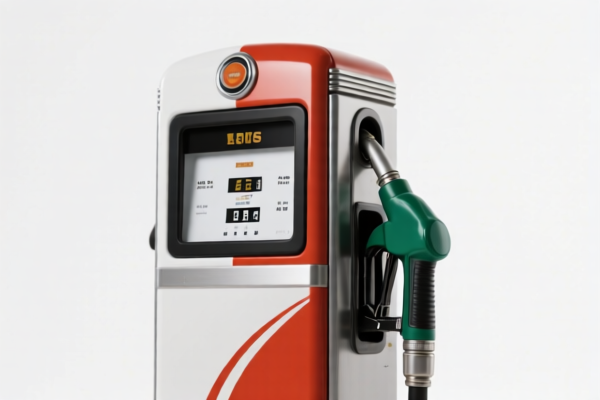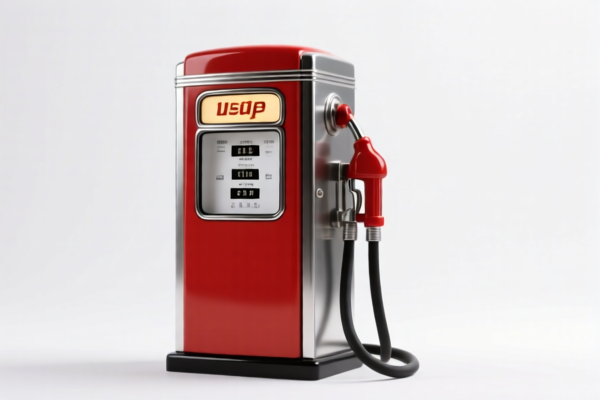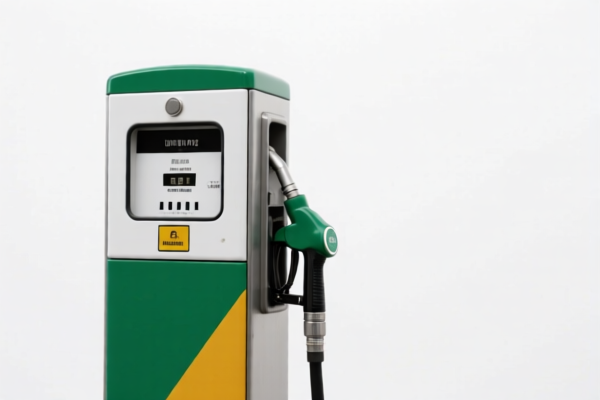| HS Code | Official Doc | Tariff Rate | Origin | Destination | Effective Date |
|---|---|---|---|---|---|
| 8413309060 | Doc | 57.5% | CN | US | 2025-05-12 |
| 8413919096 | Doc | 55.0% | CN | US | 2025-05-12 |
| 8479899560 | Doc | 32.5% | CN | US | 2025-05-12 |
| 8479899560 | Doc | 32.5% | CN | US | 2025-05-12 |




Lubrication Pump
A lubrication pump is a device used to transport lubricants – typically oils or greases – to various points within machinery to reduce friction between moving parts. These pumps are critical components in maintaining the operational efficiency and lifespan of a wide range of equipment.
Materials
Lubrication pumps are constructed from materials compatible with the lubricants they handle and the operating environment. Common materials include:
- Cast Iron: Durable and cost-effective, often used for pump housings in less demanding applications.
- Steel (various alloys): Offers high strength and corrosion resistance. Stainless steel is common for applications requiring hygienic conditions or handling corrosive lubricants.
- Aluminum: Lightweight and corrosion-resistant, suitable for lighter-duty applications.
- Polymers (e.g., Polypropylene, Nylon): Used for pump components like gears or housings in applications where chemical compatibility is paramount or where metallic contamination must be avoided.
- Elastomers (e.g., Nitrile, Viton): Employed for seals, O-rings, and diaphragms to ensure leak-free operation and compatibility with specific lubricants.
Purpose
The primary purpose of a lubrication pump is to deliver a controlled volume of lubricant to critical components, achieving the following:
- Friction Reduction: Minimizing wear and tear between moving parts.
- Cooling: Removing heat generated by friction.
- Contamination Removal: Flushing away debris and contaminants.
- Sealing: Providing a barrier against external contaminants.
- Corrosion Prevention: Protecting metal surfaces from corrosion.
Function
Lubrication pumps operate on various principles to move lubricants:
- Positive Displacement: These pumps deliver a fixed volume of lubricant per cycle, regardless of pressure. Common types include:
- Gear Pumps: Use rotating gears to trap and transport lubricant.
- Screw Pumps: Utilize rotating screws to move lubricant axially.
- Vane Pumps: Employ sliding vanes within a rotor to create pumping action.
- Piston Pumps: Utilize reciprocating pistons to deliver lubricant.
- Centrifugal Pumps: Use a rotating impeller to generate centrifugal force, moving lubricant. Less common for high-viscosity lubricants.
- Diaphragm Pumps: Utilize a flexible diaphragm to create pumping action, suitable for metering and handling sensitive fluids.
Usage Scenarios
Lubrication pumps are employed across diverse industries and applications:
- Industrial Machinery: Critical in equipment like compressors, pumps, turbines, and gearboxes.
- Automotive: Used in engine oil systems, power steering systems, and automatic transmissions.
- Metalworking: Lubricating cutting tools, forming dies, and stamping equipment.
- HVAC Systems: Lubricating compressors and fans.
- Mining & Construction: Lubricating heavy machinery and equipment.
- Marine Applications: Lubricating ship engines, gearboxes, and steering systems.
- Wind Turbines: Lubricating gearbox and bearing assemblies.
Common Types
- Manual Pumps: Operated by hand, suitable for small-volume applications and remote locations.
- Electric Pumps: Driven by electric motors, offering consistent and controlled lubrication.
- Air-Operated Pumps: Powered by compressed air, suitable for hazardous environments.
- Progressive Pumps (Metering Pumps): Deliver precise amounts of lubricant to multiple points simultaneously.
- Circulating Oil Pumps: Continuously circulate oil through a system, providing cooling and filtration.
- Grease Pumps: Designed specifically for pumping grease, often used in centralized lubrication systems.
- Multi-Point Lubrication Systems: Automated systems that distribute lubricant to multiple points via a network of pumps, valves, and tubing.
Lubrication pumps are devices used to transfer lubricating fluids, typically within internal combustion piston engines or other machinery requiring lubrication. They ensure the smooth operation and longevity of mechanical components by circulating oil or grease to reduce friction and wear.
The following HS codes are relevant to lubrication pumps, based on the provided information:
- 8413309060: This HS code falls under Chapter 84 – Nuclear reactors, boilers, machinery and mechanical appliances; parts thereof. Specifically, it covers 8413 – Pumps for liquids, whether or not fitted with a measuring device; liquid elevators; part thereof, and further narrows down to 8413.30 – Fuel, lubricating or cooling medium pumps for internal combustion piston engines, and finally 8413.30.9060 – Other Lubricating pumps. The applicable tax rate is a base tariff of 2.5%, a surcharge of 25.0%, and a surcharge of 30.0% after April 2, 2025, resulting in a total tariff of 57.5%.
- 8413919096: This HS code also falls under Chapter 84 – Nuclear reactors, boilers, machinery and mechanical appliances; parts thereof. It covers 8413 – Pumps for liquids, whether or not fitted with a measuring device; liquid elevators; part thereof, and further narrows down to 8413.91 – Parts: Of pumps, and finally 8413.91.9096 – Other Other. The applicable tax rate is a base tariff of 0.0%, a surcharge of 25.0%, and a surcharge of 30.0% after April 2, 2025, resulting in a total tariff of 55.0%.
It is important to note that 8413919096 applies to parts of lubrication pumps. If you are importing a complete lubrication pump, 8413309060 is the more appropriate HS code.
Customer Reviews
No reviews yet.